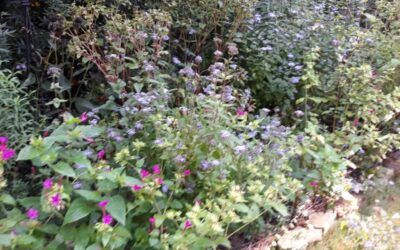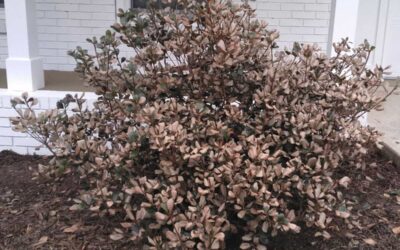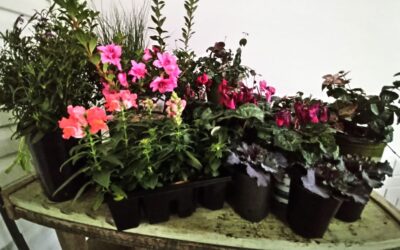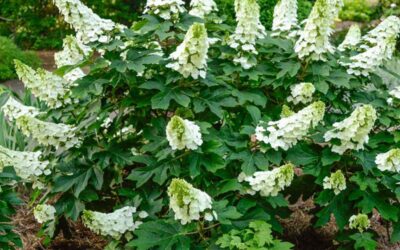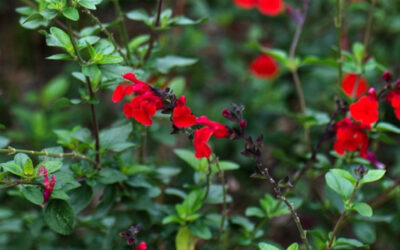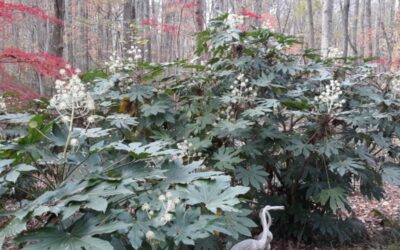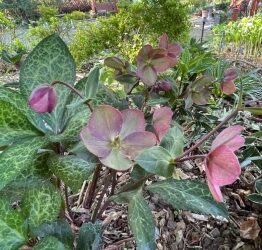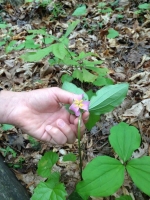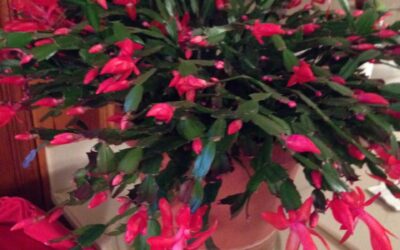A member of the ageratum family, this is a reseeding annual with pompom flowers in blue just like the bedding plants you buy at nurseries, but with a much taller growing habit and grown from seeds. Tall, upright, sturdy stems. Tight blue flower clusters. Use as a classic filler for mixed bouquets or plant to attract bees and butterflies to your garden. Ageratum is also known as flossflower or blue mink. Can grow in the Mediterranean, desert, subtropical, temperate or tropic climate and growing in hardiness zone 3+. Ageratum is deer and rabbit resistant.
How to grow Ageratum Blue planet growing and care: Rich soil, well-drained soil, moist soil…

